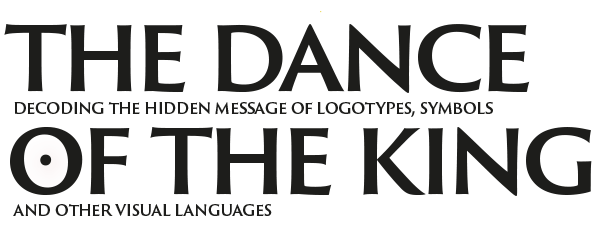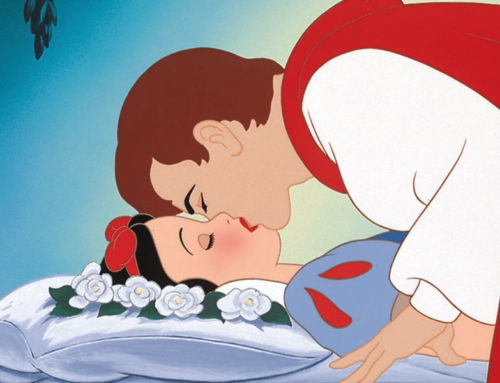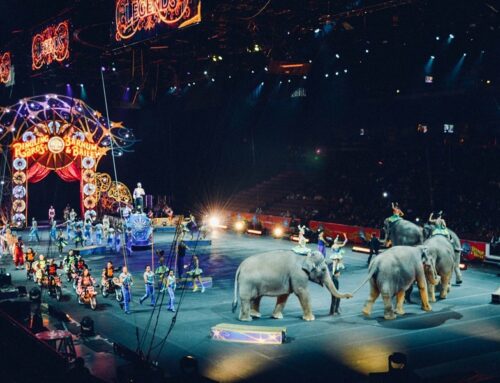© Photos: Columbia Pictures
The hidden meaning of the movie Groundhog Day
Groundhog Day (1993), starring Bill Murray and Andie MacDowell, has secured a special place in pop culture. After all, who hasn’t seen the film four or five times? What initially appears to be a light-hearted comedy reveals, upon closer inspection, a deeper message about personal transformation and the cyclical nature of life. Surprisingly, the film’s symbolism aligns with age-old traditions
The time loop as a mirror of inner growth
Phil Connors, played by Bill Murray, is a cynical and selfish weatherman sent to Punxsutawney to cover the annual Groundhog Day festival. Reluctantly, he must attend the traditional groundhog prediction. To his astonishment, he finds himself in a mysterious time loop where he repeats the same day – February 2 – over and over. This situation offers a unique opportunity for self-reflection and transformation – a process that parallels the alchemical journey of self-improvement.

Here are some well-known steps from alchemy:
Nigredo: rhe beginning of chaos
Initially, Phil’s reaction to the time loop is destructive, using his repeatable day for self-interest: committing petty crimes, seducing women, and trying to manipulate his producer Rita. When he realizes he can’t escape, he even begins to commit suicide – but always wakes up on the same morning. This is the ‘nigredo’ phase, where the old self is broken down to make room for something new.
Albedo: the path to purification
Slowly, Phil begins to approach his situation differently. He starts learning new skills such as playing the piano, ice sculpting*, and speaking French. Simultaneously, he begins helping people in the town. This phase, the ‘albedo’, revolves around purification and inner growth.
Rubedo: the completed work
When Phil finally fully commits to compassion and love, he completes his transformation. He breaks the time loop and becomes ‘philosophical gold’: a better version of himself. The film ends with Phil deciding to stay in Punxsutawney, now in love with both the place and his new life with Rita. In alchemy, we call this concept the ‘chemical wedding‘, or the union of the opposites.
Phil = Phil…osopher’s Stone!
This ultimate symbol of transformation is called The Philosopher’s Stone in alchemy. It represents the power to turn base metals into gold, but also spiritual transformation. Take a closer look at the name Phil Connors: Phil is short for Philosopher’s Stone. And his last name, Connors, refers to the Scottish boy’s name Connor, which means: ‘a wise man who recognizes and cherishes the loyal and loving presence in his life’. It’s all hidden in his name.
Beyond personal transformation
The symbolism of Groundhog Day extends beyond personal transformation. The date, February 2 – forty days after Christmas, is full of meaning in various traditions. It marks a transition between winter and spring and recalls themes such as light, hope, and renewal. You may have heard of Imbolc and Candlemas? In Celtic tradition, Imbolc is a festival honoring the goddess Brigid, symbolizing fertility and the awakening of nature. Rituals such as lighting candles celebrate the return of light. In Christian tradition, Candlemas is celebrated, where candles are blessed and Mary’s purification ritual after Jesus’ birth is commemorated. Like Imbolc, the festival revolves around light and renewal.
Hope and transformation
What can we learn from this symbolism? Whether we’re observing a groundhog, lighting candles, or honoring ancient goddesses, the core remains the same: light will always return after darkness. Groundhog Day shows that renewal begins with recognizing our own cycles and making conscious choices to grow8. It’s no coincidence that these traditions coincide on the same date. They remind us that the path to change is not linear, but cyclical – and that even the smallest rituals can have a profound impact. As the film illustrates: transformation is always possible, as long as we are willing to look inward.











